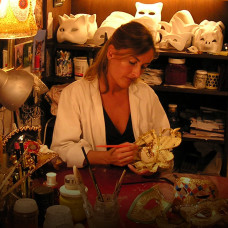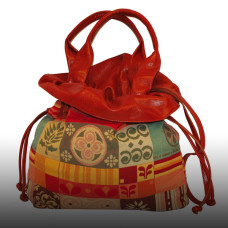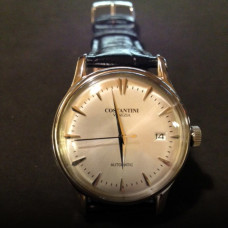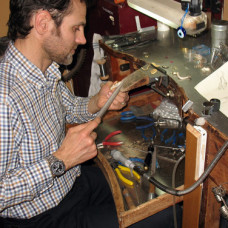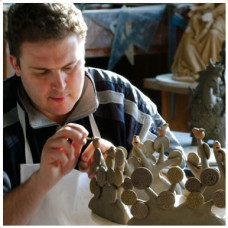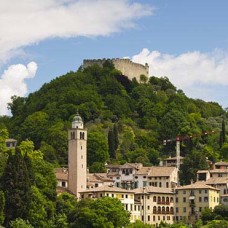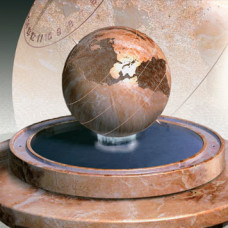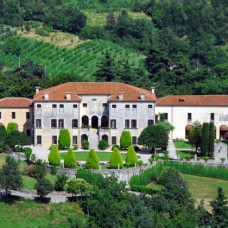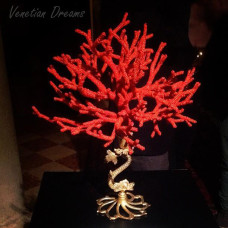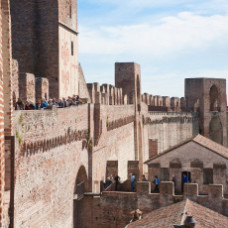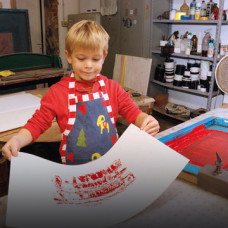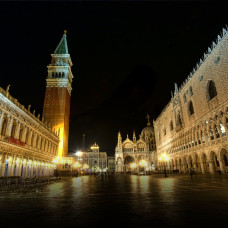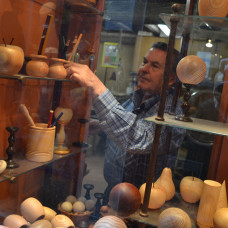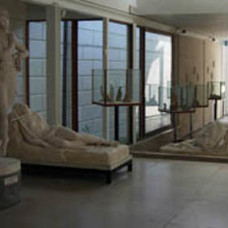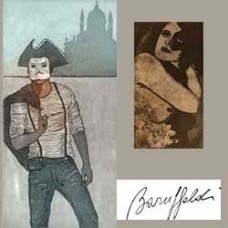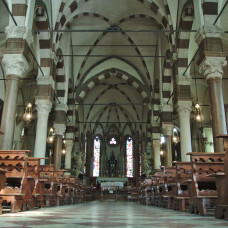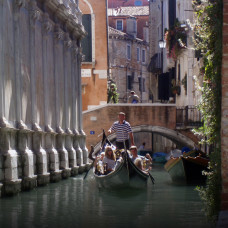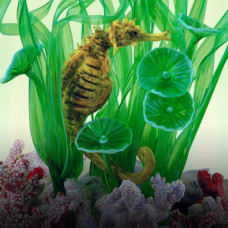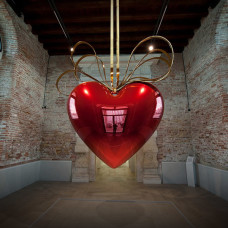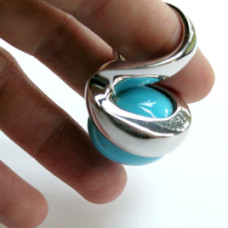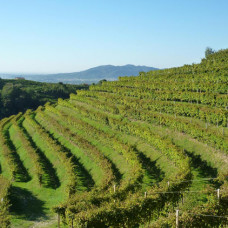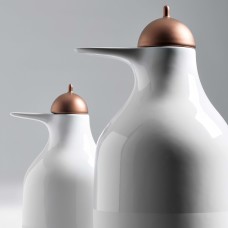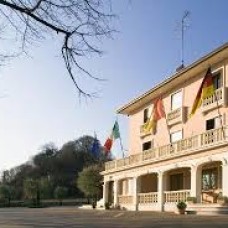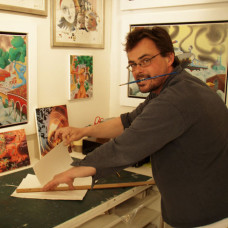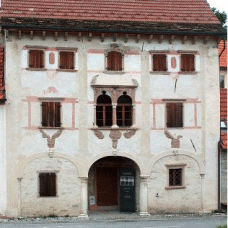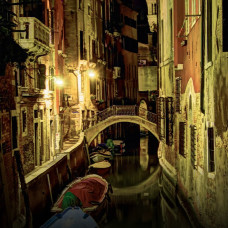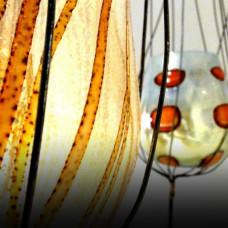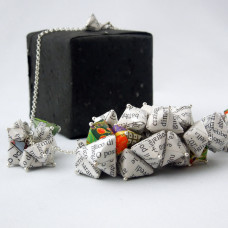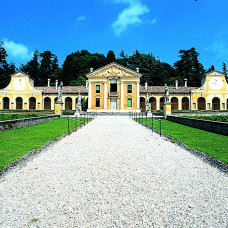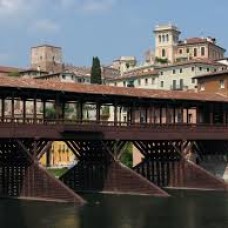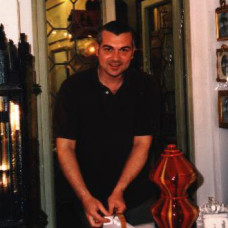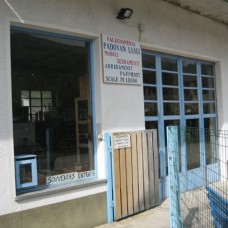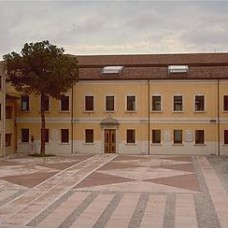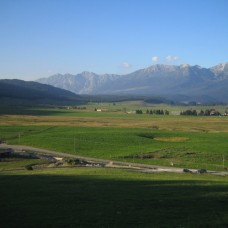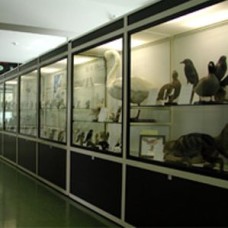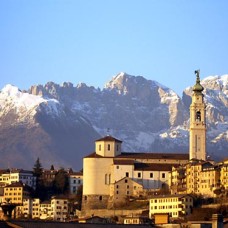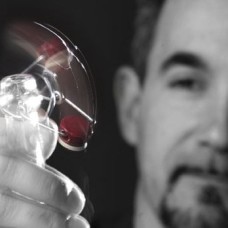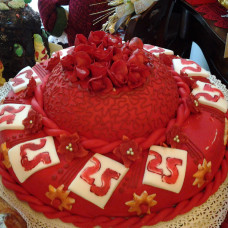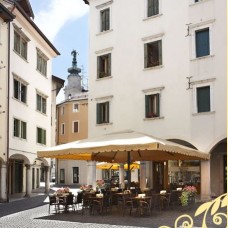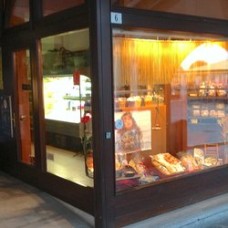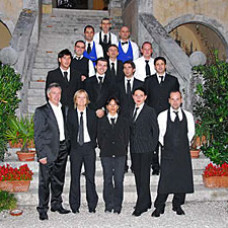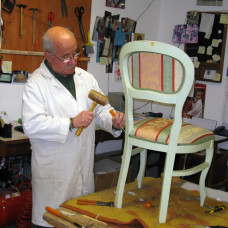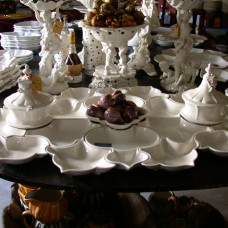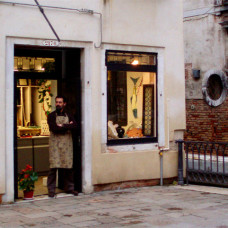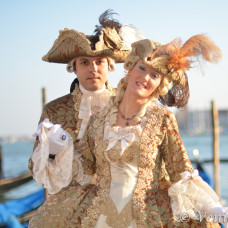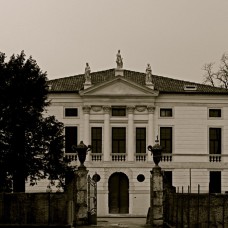
San Marco in Venice: the most beautiful “parlour” in the world
The district (Sestiere) of San Marco is often called the heart of Venice: it is the smallest district by extension but it encompasses the political and religious centre of the historic city. Piazza San Marco (St. Mark's Square) is certainly the pulsating core of this district, rightly deserving the definition of 'the finest parlour in the world': this square has always been the centre of Venetian life, with its famous cafés and atmosphere enlivened by music, diverse ethnic groups and colours during the day and magical silences at night. The square is part of Venice’s original nucleus (together with San Pietro di Castello and Rialto) and has traditionally been inhabited, as well as the entire district, mainly by the aristocracy. It consists of an artistic complex of buildings, although, according to chronicles, St. Mark's Square was paved in terracotta for the first time in 1267 (earlier it was an orchard, a grass field with trees, separated from the churchyard of the church of San Marco by a small channel). Fascinating and picturesque streets surround Piazza San Marco, so rich in history and tradition, in which you can find precious craftsmen workshops that still populate them.

Whatever the weather, Piazza San Marco welcomes you with its magic, with its beauty, with its fifteen centuries of history and art. Getting there is easy: it is the only Piazza in Venice (the other squares are called Campi or Campielli). The square has a trapezoidal shape (176 m long, 82 m wide on the side of the Basilica and 57 m wide on the opposite side). It is enclosed on three sides by the two Procuratie (Procuratie Vecchie on the left side and Procuratie Nuove on the right side), joined together by the Ala Nuovissima (Newest Wing), or Ala Napoleonica (Napoleonic Wing), built by the French emperor at the beginning of the nineteenth century. The Procuratie once housed the offices and homes of the so-called Procuratori, the most important city administrators after the Doge. A visit to Palazzo Ducale is a must: it hosted the political headquarters of the Serenissima Republic and still is today the highest expression of Venetian art. It was the residence of the Doge and the seat of the main government courts; by walking amongst paintings, sculptures and architecture you will breathe the essence of the history and glory of the Republic of Venice. By leaving through the popular Porta della Carta (a fine example of Flamboyant Gothic architecture), you can admire the famous Basilica di San Marco, an architectural jewel of Venetian Byzantine style, that was built to be the Palace Chapel, but also the mausoleum of the patron saint (whose story is described along the walls with gold mosaics, unique in the world). Next to the Basilica, the Clock Tower (Torre dell'Orologio) is one of the most original buildings of Venetian architecture of the early Renaissance. The precious clock mechanism has been recently restored; on the terrace, at the top of the tower, two figures in dark bronze, the Mori, strike the hours against a large bell. You just have to wait for the turn of the hour in order to enjoy this unique spectacle.
If you want to live an unforgettable experience, climb the bell tower (campanile) of San Marco: it is a massive square tower, about 99 meters high including the crowning spire. Once it was also a lighthouse for sailors and became the prototype of all the bell towers in the lagoon. El Paron de casa - the landlord, as it is called in Venetian dialect - collapsed in 1902 and was rebuilt exactly as it was. Today it offers a unique and breathtaking view of the city and of the lagoon from its top. A curiosity: Venetians call ombra - shadow- a glass of wine drunk as an aperitif, because it was originally enjoyed in the shade of the steeple, in the town's main square. This beautiful "parlour" also offers many occasions for an immersion in culture: set against the base of the tower is a loggia, decorated with marbles and bronzes, that Jacopo Sansovino built between 1537 and 1549. From here you can decide whether to visit the famous Biblioteca Marciana, the National Archaeological Museum of Venice, or the Museo Civico Correr (originated from the collection donated to the city by Teodoro Correr in 1830). The latter offers various itineraries: from the neoclassical rooms, with important sculptures by Antonio Canova, to historical collections on institutions, town-planning vicissitudes, daily life in the city, all the way down to the art gallery and the Austrian Imperial apartments, where Princess Sissi lived on several occasions, recently restored and opened to the public.
You can now cross the Napoleonic wing of the square, towards San Moisè, and once in Calle Lunga 22 Marzo, after a walk among the boutiques of the most famous Italian brands, turn right towards Campo San Fantin to admire the legendary Gran Teatro La Fenice. Opened in 1792, destroyed by fire twice (in 1836 and most recently in 1996), the Teatro la Fenice is the most important theatre in Venice and one of the finest in Italy. The visit among stucco and golden decorations of the prestigious halls will make you discover the backstage and secrets of the Theatre and its protagonists, by tracing its history from its origins to the present day. If you get the chance, you are invited to watch an opera here: it will be an unforgettable experience.
Do you want to continue this theatrical journey, between fantasy and reality? Looking at the front of the theatre, take Calle del Frutariol on your left; in just a few steps, at number 1853, you will discover the world of La Vetrinetta di Claudia (Claudia's small shop-window), an artisan laboratory established in 1994, where you can find papier-mâché and plaster masks, decorated and completely handmade with traditional Venetian techniques. The craftswoman Claudia gets her inspiration from the first antique Venetian masks and from the eighteenth century Commedia dell'Arte; by wearing them you will be literally catapulted into another era and your journey into the world of art will come to life. Perhaps you could combine the Venetian masks with valuable items of jewellery and a variety of artistic creations in lampwork Murano glass, all handmade in the shop.
Continue on this journey through the narrow and charming streets: after Campo San Gallo, you will find the namesake Theatre (opened in 1924 as a cinema; theatre hall since 2007, it has been staging a permanent show "Venice - The story of Venice" since 2009), and after that you will reach the famous Calle dei Fabbri, a name that recalls the antique presence of blacksmiths. The artisan ice cream shop Gelato Fantasy was opened in a former blacksmith's workshop in 1998. From cold metal to the sweetness of ice cream: the passion and tradition for handmade things continues. At the ice cream shop you can enjoy the cream of the Doges, the gianduiotto cup (a typical Venetian specialty) and more unique flavours of ice cream like plain chocolate, hot ice cream and tasty fruit sorbets that follow the changing of the seasons and the inspiration of the ice cream maker Maestro Lucio Carolo. Do not miss the crêpes, to satisfy your desire for a sweet or savoury snack, topped with the freshest ingredients and prepared with eggs and flour right before your eyes. As you relish your treat, walk along the other famous shopping street of Venice, the Mercerie. Here, at number 4850, right next to the apse of the church of San Salvador, you can enter the magical world of Materialmente Venezia, where artists Maddalena Venier and Alessandro Salvadori, while differing in the various techniques, manage to have a strong vision in common: to transform their daily work in an expression of a unique value. Materialmente, a charming little shop that Venier and Salvadori opened in the historic centre of Venice, turns their vision into reality, offering a rare collection of original sculptures, items for furniture and fine jewellery... a visit to their store will be a very memorable experience!
How to conclude this walk that took the typical art and preciousness of Venice as its main theme? By stopping at Costantini Gioielli, for example, an artisan jeweller situated in the historic centre of Venice since 1963. It is located in Calle degli Stagneri at number 5237/A, easily accessible from Mercerie 2 Aprile, just before Campo San Bartolomeo. Over the years, Costantini Gioielli has developed innovative and original products that meet the tastes of its increasingly international clientele. In addition to the classic jewellery in white gold with diamonds, in the many windows you can admire finely crafted jewellery in yellow gold and silver made with a special technique called diamonding and also leather handbags and watches specially created and customized for Costantini.
Points of interest
La Vetrinetta is an artisan laboratory established in 1994, where you can find papier-mâché and plaster masks, decorated and completely handma...

Raggio Veneziano e’ una azienda artigiana di pelletteria, articoli in pelle, con un negozio-laboratorio a Venezia. I suoi modelli esclusivi sono crea...

While differing in the various creation techniques, the two artists Maddalena Venier and Alessandro Salvadori manage to have a strong vision in common...

Costantini Gioielli is an artisan jewellery situated in the historic centre of Venice since 1963. Over the years it has developed innovative and original p...

Gianluca Bastianello progetta e realizza gioelli con passione ed esperienza, fa rivivere ogni giorno nella creatività delle proprie realizzazioni, q...











